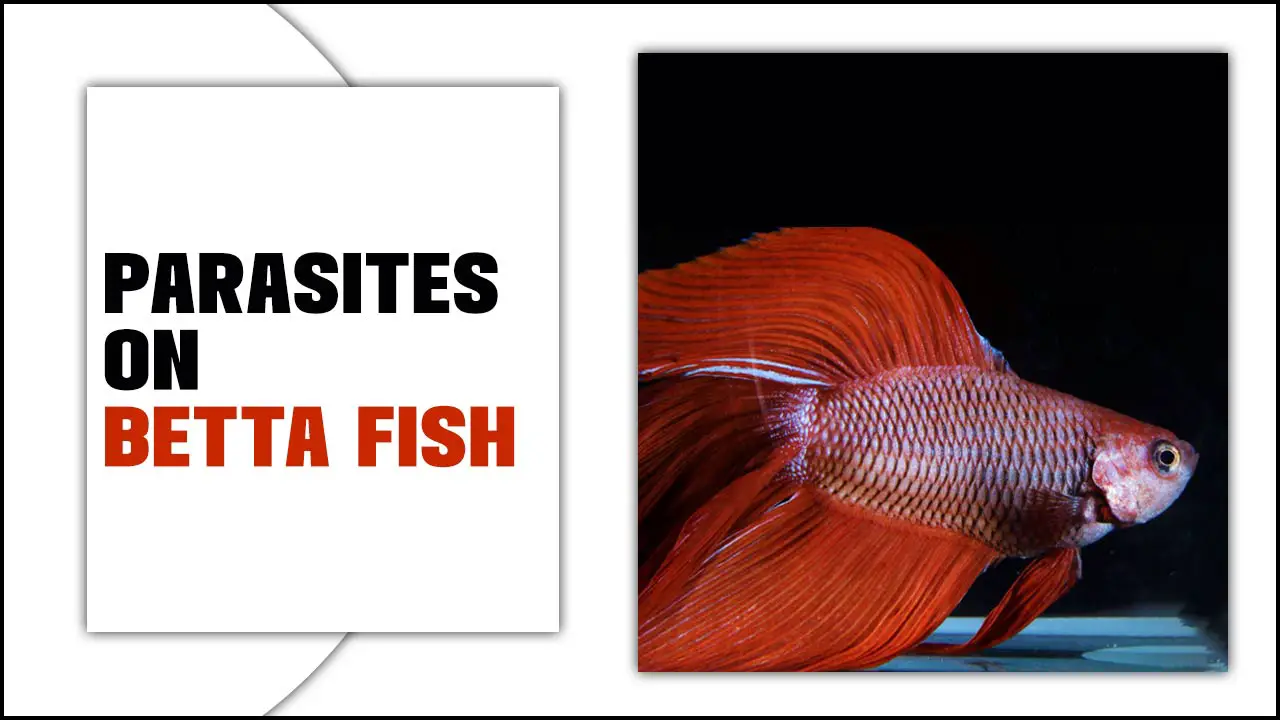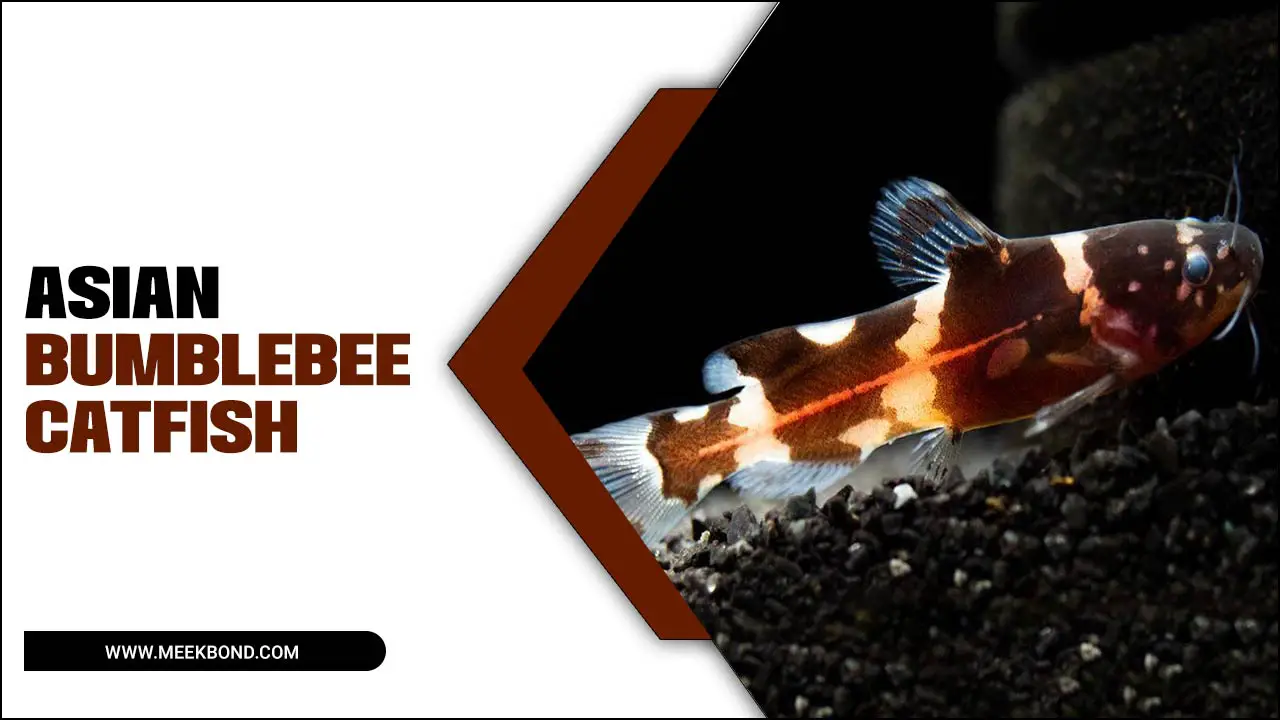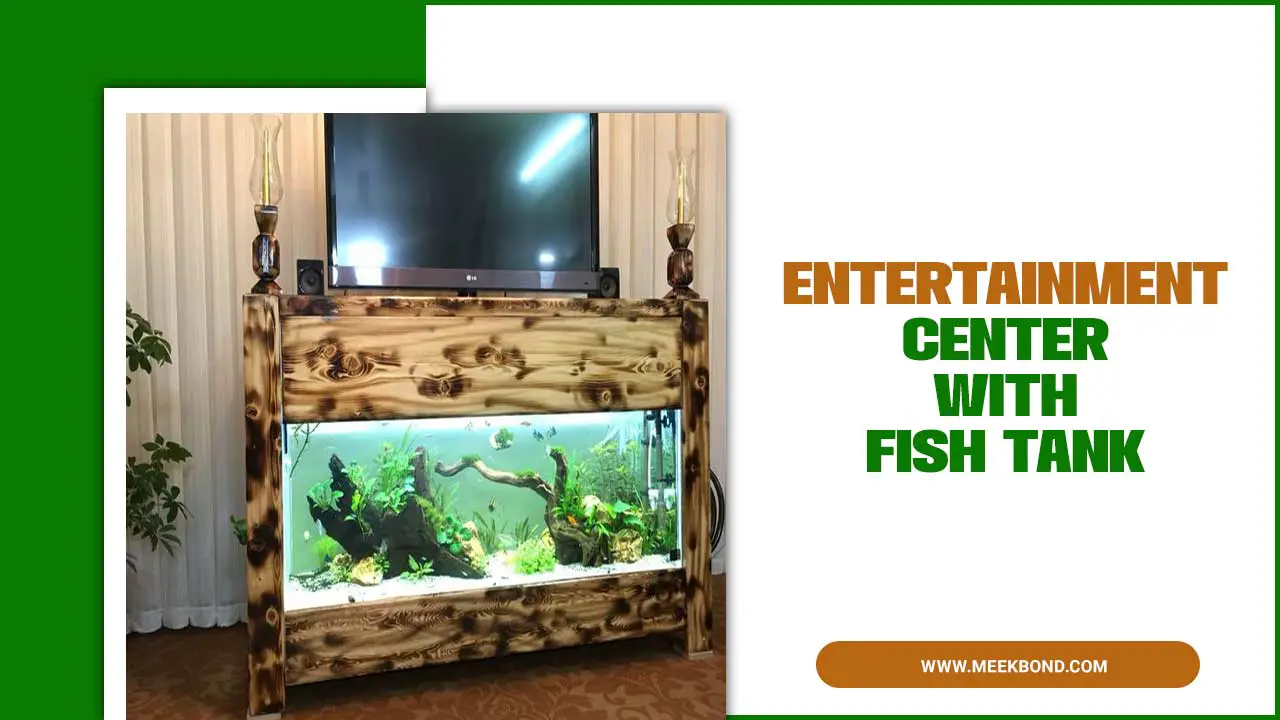Aquarium enthusiasts know that fish and plants are not the only elements that can enhance the beauty of their aquatic environment. Freshwater anemones are a lesser-known addition to an aquarium that can add a unique and striking aesthetic to any tank.
These delicate creatures may seem fragile, but they are fascinating to watch and provide a stunning visual display. Here, we will explore the benefits of adding freshwater anemones to your aquarium and how they can be cared for to ensure long-term health and vitality.
Freshwater anemones come in various colors, shapes, and sizes, making them a versatile addition to any aquarium. They add a vibrant and dynamic element to the tank, which can create a unique atmosphere for your aquatic pets. Anemones also create a natural-looking environment for your fish, which can help them feel more at home, especially if they come from an environment with anemones already present.
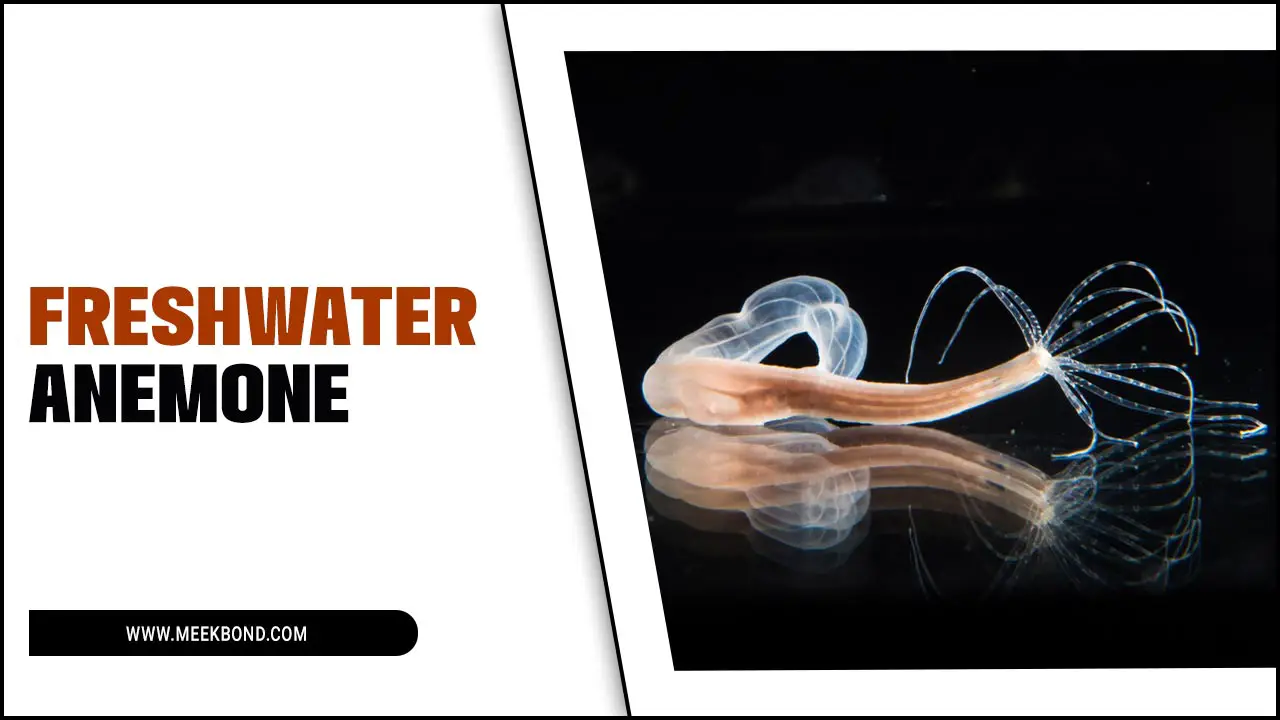
How Can Freshwater Anemones Improve Your Aquariums Ecosystem?
Freshwater anemones can be a beautiful and beneficial addition to your aquarium. These unique creatures not only add visual interest with their vibrant colors and graceful movements, but they also help to create a healthy ecosystem within your tank. Freshwater anemones have a symbiotic relationship with certain fish species, providing them shelter and protection while benefiting from the fish’s waste products.
They also contribute to the overall water quality by filtering out toxins and excess nutrients, helping to maintain a balanced and clean environment for your other aquatic inhabitants. Some freshwater anemones have stunning fluorescent properties, adding a mesmerizing glow to your aquarium when exposed to specialized lighting. So if you want to enhance your aquarium’s beauty and functionality, consider adding some freshwater anemones.
How Freshwater Anemones Contribute To The Overall Health And Balance Of The Ecosystem
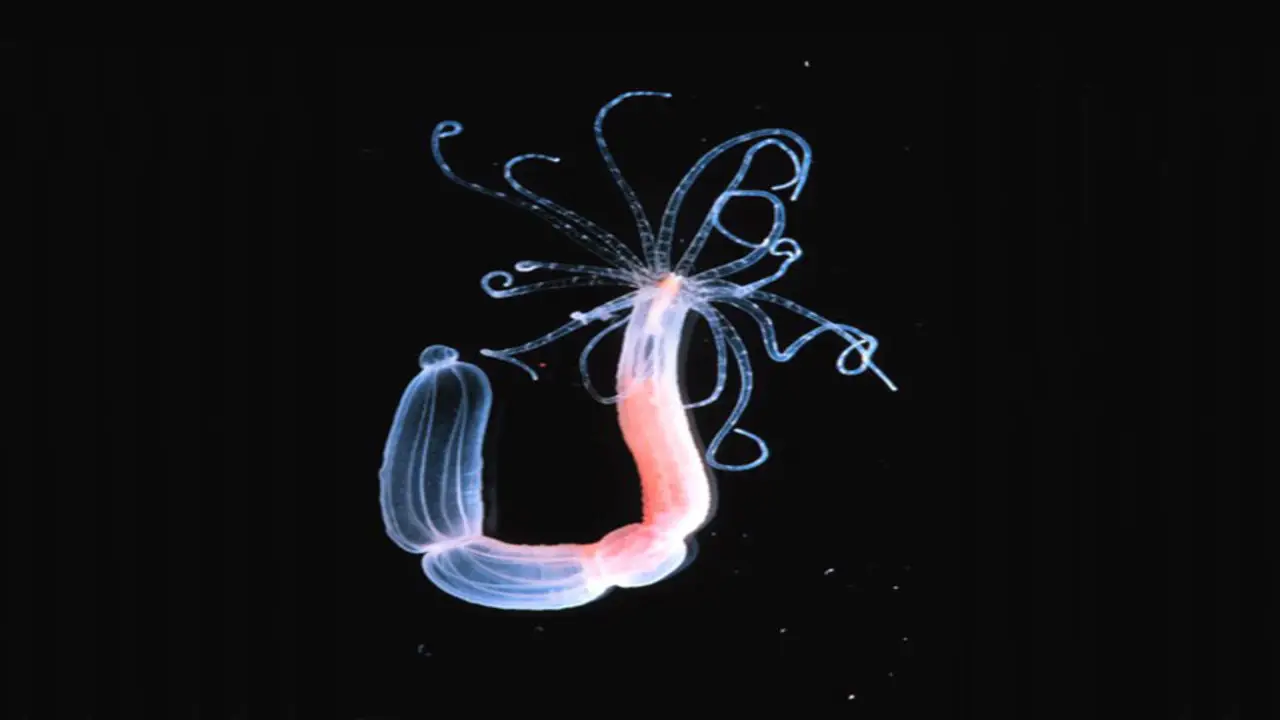
Freshwater anemones play a significant role in enhancing the overall health and balance of the ecosystem. These captivating creatures contribute to water quality by consuming excess nutrients and waste, helping to keep the aquarium clean and balanced. They also provide a natural habitat for various aquatic species, as shelter and hiding places for small fish and invertebrates.
Some species feed on anemones, creating a natural food source within the aquarium. With their mesmerizing movement and vibrant colors, freshwater anemones add aesthetic value and create a visually appealing environment. Proper care and maintenance are essential to ensure their health and continued ecosystem contribution.
Types Of Freshwater Anemones Suitable For Aquariums
Freshwater anemones are fascinating creatures that can make a unique addition to your aquarium. Here are some types of freshwater anemones that are suitable for beginners. Remember to research each species thoroughly before adding them to your tank, as they have specific care requirements and may not be compatible with certain fish or coral species.
- Bubble Tip Anemone (Entacmaea quadricolor): This is one of the most popular and readily available freshwater anemones. It has vibrant colors and develops distinctive bubble-like tips on its tentacles.
- Long Tentacle Anemone (Macrodactyla doreensis): As the name suggests, this anemone has long, flowing tentacles that give it a graceful appearance. It comes in various colors and can be a stunning centerpiece in your tank.
- Rock Flower Anemone (Epicystis crucifer): This small-sized anemone comes in a wide range of colors and patterns, making it a visually appealing choice for aquarists.
- Sebae Anemone (Heteractis crispa): Known for its large size and striking colors, the Sebae anemone can be challenging to care for but is worth the effort for experienced hobbyists.
Care Requirements For Freshwater Anemones
To ensure the optimal health and growth of freshwater anemones in your aquarium, they must meet their specific care requirements. Freshwater anemones can be a beautiful addition to your aquarium, but they require specific care to thrive. Here are some key care requirements for freshwater anemones:
- Water parameters: Anemones prefer stable water conditions with a temperature between 75-78°F and a pH of 8.2-8.4.
- Lighting: Adequate lighting is crucial for the photosynthesis process in anemones. Provide them with moderate to high-intensity lighting, ideally using LED lights.
- Water quality: Maintain pristine water quality by regularly testing and monitoring ammonia, nitrite, and nitrate levels. Regular water changes are also essential to remove any accumulated pollutants.
- Feeding: Anemones are carnivorous and feed on small fish, shrimp, or other meaty foods. Offer them a varied diet that includes frozen or live foods like brine shrimp, mysis shrimp, or chopped fish.
- Tank compatibility: Anemones can be aggressive towards other tank inhabitants, so choose tankmates carefully. Avoid keeping them with aggressive fish or those known to nip at the anemone’s tentacles.
- Placement: Place your anemone in a location with adequate water flow and provide it with a stable surface to attach itself to, such as live rock or substrate.
Following these care requirements, you can provide a suitable environment for your freshwater anemone and enjoy its beauty in your aquarium setup.
Water Parameters And Tank Setup For Freshwater Anemones
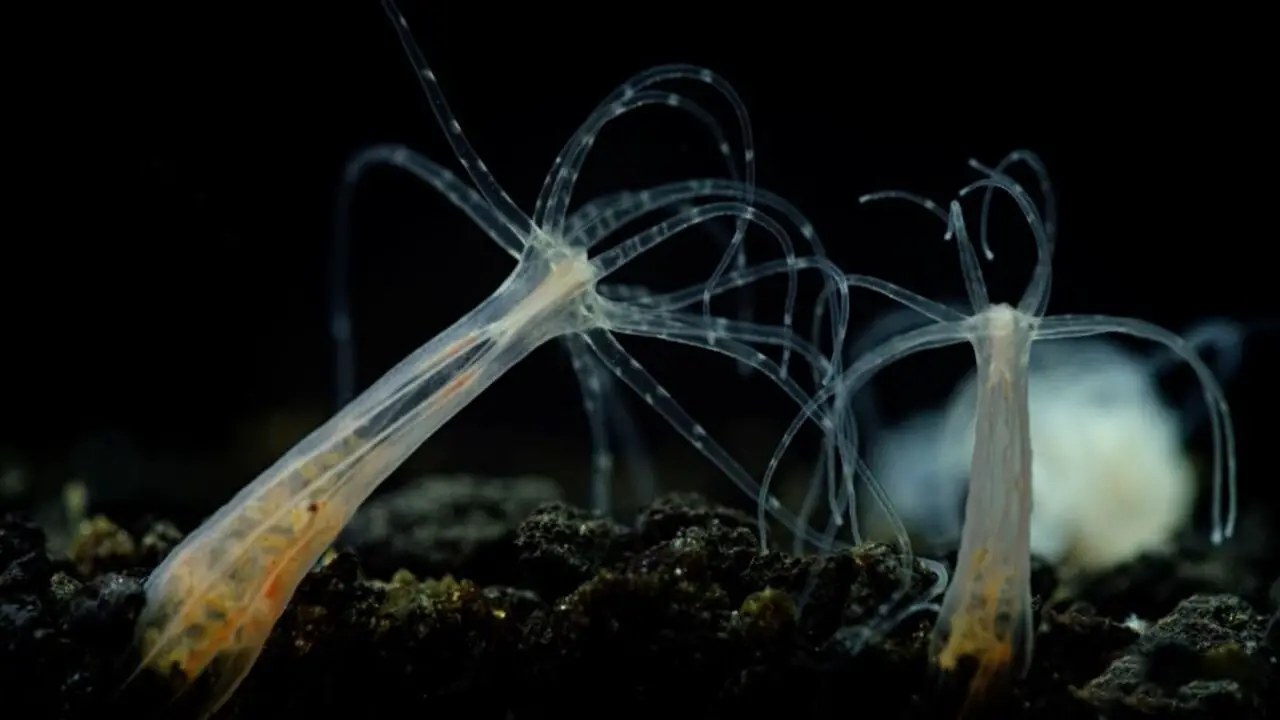
To ensure the health and longevity of freshwater anemones, it is important to maintain stable water parameters. This includes monitoring and maintaining the pH and temperature of the aquarium. In terms of tank setup, it is recommended to include live rocks and sand beds, which will simulate their natural habitat and provide hiding spots for the anemones.
Additionally, a moderate water flow should be maintained to mimic their accustomed conditions. Freshwater anemones are important in maintaining a healthy ecosystem by consuming excess food and waste in the tank. With their unique and colorful appearance, they also add beauty to any aquarium. Regular water changes and maintenance are essential for their well-being and overall health.
Feeding And Nutrition For Freshwater Anemones
Feeding and nutrition are crucial aspects of caring for freshwater anemones. These delicate creatures require a diet that is rich in nutrients to thrive. In the wild, they feed on small crustaceans, zooplankton, and other tiny organisms. When kept in captivity, it is important to replicate their natural diet as closely as possible.
This can be achieved by offering them a variety of live or frozen foods such as brine shrimp, daphnia, and cyclops. It is also recommended to supplement their diet with high-quality commercial foods specifically formulated for anemones. Regular feeding schedules and monitoring their intake are essential to ensure adequate nutrition for their growth and overall health.
Compatibility With Other Fish And Invertebrates In The Aquarium
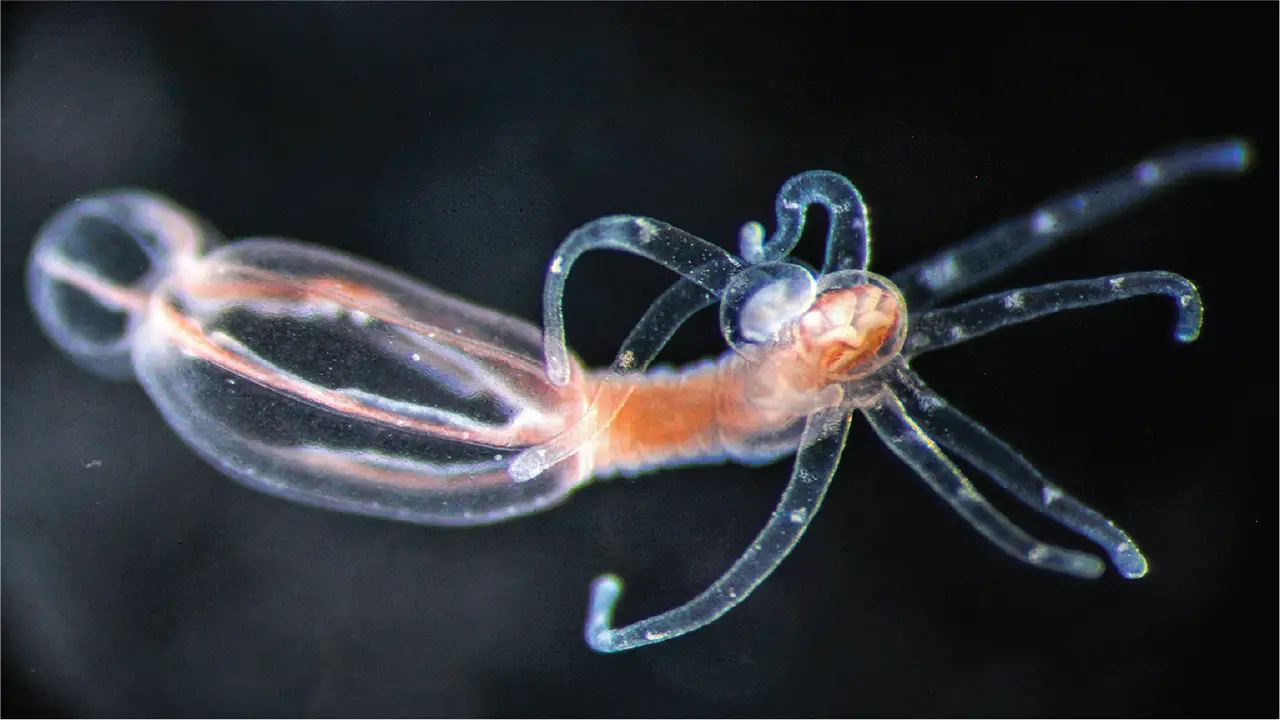
Freshwater anemones can peacefully coexist with compatible fish and invertebrates in an aquarium. They provide shelter for small aquatic creatures, improving the overall ecosystem. Before adding anemones, it’s essential to research and ensure they are compatible with existing tank inhabitants. Maintaining suitable water quality and temperature is crucial for their well-being.
Anemones’ unique colors and graceful movement add a vibrant touch to any aquarium. However, handling them delicately is important to prevent damage to their tentacles. Freshwater anemones can thrive in a diverse aquatic community by considering compatibility and providing proper care.
Potential Challenges And Troubleshooting Tips For Keeping Freshwater Anemones
Maintaining the ideal conditions for freshwater anemones can present some challenges. Inadequate lighting can hinder their photosynthesis process, while insufficient water flow may affect their feeding and waste removal. Improper feeding can lead to malnutrition and health issues.
To troubleshoot these challenges, ensure proper lighting with appropriate spectrum and intensity, provide adequate water flow using a powerhead or wave maker, and feed them a diverse diet of live food such as brine or mysis shrimp. Researching specific species’ requirements will help you overcome these challenges and keep your freshwater anemones thriving.
Tips For Selecting And Introducing Freshwater Anemones To Your Aquarium
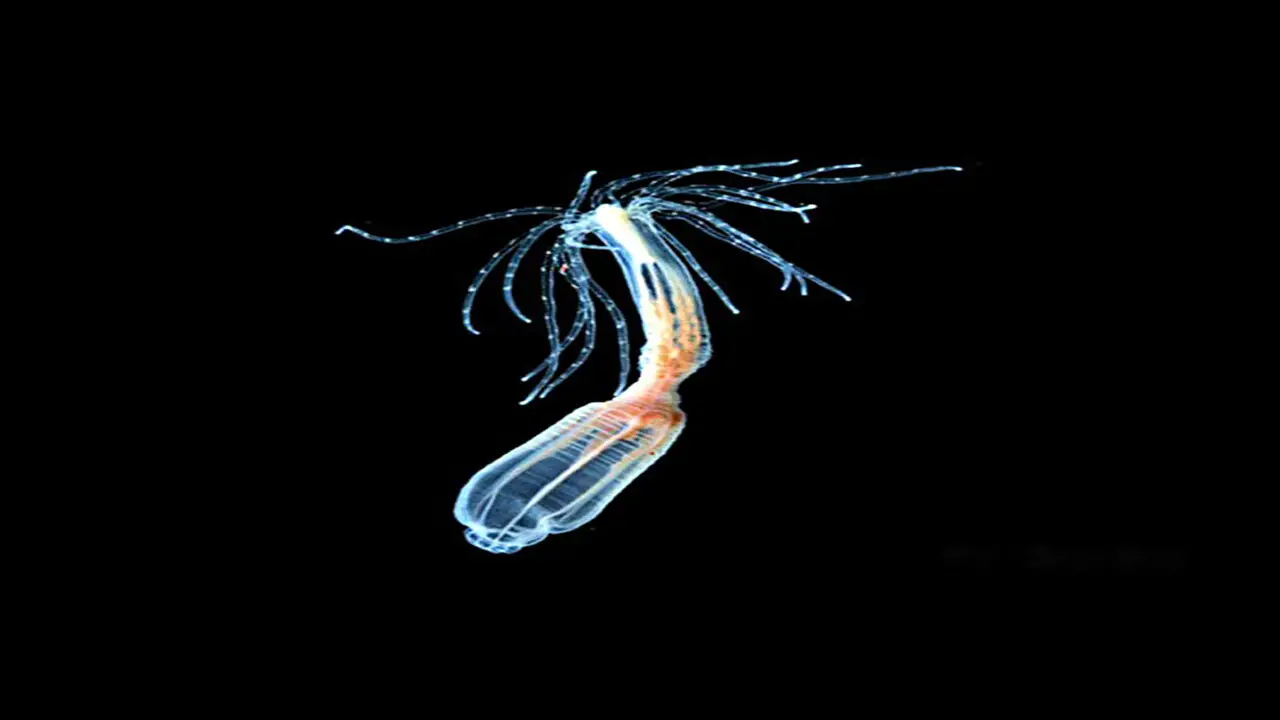
Choose healthy specimens from reputable suppliers to ensure the compatibility of freshwater anemones with your aquarium ecosystem. When selecting and introducing freshwater anemones to your aquarium, there are a few important tips to keep in mind:
- Research the specific species of anemone you are interested in. Different species have different care requirements, so make sure you choose one that is compatible with your tank setup and other inhabitants.
- Consider the size of your tank. Some species of freshwater anemones can grow quite large, so ensure you have enough space to accommodate their growth.
- Pay attention to water parameters. Freshwater anemones have specific water parameter requirements, so it’s important to test and maintain proper pH, temperature, and water quality levels.
- Provide adequate lighting and flow. Anemones rely on light for photosynthesis, so make sure they receive sufficient lighting in your tank. Additionally, they also prefer moderate water flow to simulate their natural habitat.
- Acclimate slowly. When introducing a new anemone to your tank, it’s important to acclimate them slowly to minimize stress and allow them time to adjust to their new environment.
By following these tips, you can increase the chances of successfully selecting and introducing freshwater anemones into your aquarium
Conclusion
Freshwater anemones are fascinating creatures that can be found in various freshwater habitats around the world. These aquatic animals belong to the same family as their marine counterparts but have adapted to survive in freshwater environments. Incorporating freshwater anemones into your aquarium can greatly enhance your tank’s ecosystem and overall health.
These beautiful creatures offer numerous benefits, such as providing a natural habitat for other fish and invertebrates, contributing to the biological filtration system, and adding vibrant colors and movement to your tank.
However, ensuring you meet their specific care requirements, including water parameters, feeding, and compatibility with other tankmates, is important. By following these guidelines and selecting the right freshwater anemones for your aquarium, you can create a stunning underwater environment that you and your aquatic pets will enjoy.
Frequently Asked Questions
What Are The Tiny Anemones In My Freshwater Tank?
The small anemones you see in your freshwater tank are most likely freshwater polyps. These cnidarians can reproduce quickly and become invasive. While they may look appealing, they can harm other aquatic life. Monitor their growth and consider removing them if they become too abundant.
How Do You Grow Anemones In An Aquarium?
To grow anemones in your aquarium, create a stable environment with appropriate lighting, temperature, and water quality. Provide them with a suitable substrate for anchoring and hiding. Regularly feed them small pieces of fish or shrimp. Watch out for signs of stress or disease.
What Do You Feed Anemones In An Aquarium?
Anemones in an aquarium require a varied diet, including meaty and plant-based foods. Offer them small pieces of shrimp, fish, or squid. You can also feed them commercial frozen or dried foods specifically made for carnivorous invertebrates. Remember to feed them regularly without overfeeding to avoid water quality issues.
What Are The Benefits Of Freshwater Anemones?
Freshwater anemones offer numerous benefits for your aquarium. They add visual interest, help regulate water quality by consuming excess food and waste, and some species can host clownfish in a symbiotic relationship. They are relatively easy to care for and can thrive in various tank sizes.
How Much Does A Freshwater Anemone Cost, And How Long Will It Last?
The cost of a freshwater anemone can vary depending on the species and where it’s purchased. On average, prices range from $20 to $100 or more. These anemones can live for several years in your aquarium with proper care. Research their specific needs to ensure their longevity.

Aquarium passion is all about connecting with the aquatic life and providing education to the public on the importance of these creatures. We showcase a wide variety of marine life through our exhibits as well as working with schools to provide unique learning opportunities for students of all ages.

